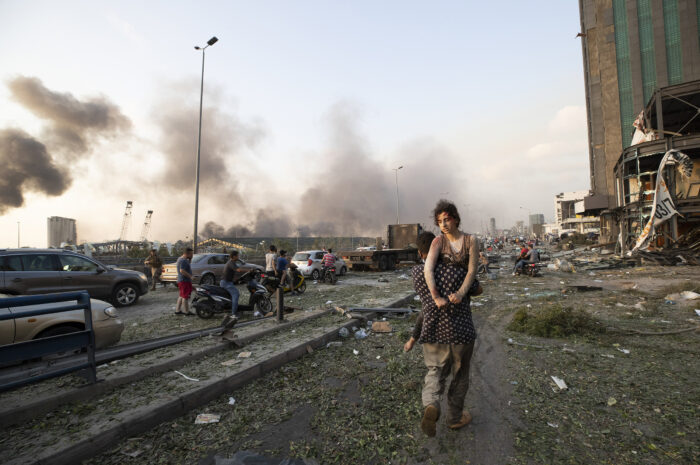
Note: The following article was originally published in the Jerusalem Post opinion section.
The withdrawal of United States Special Operations Forces from northeast Syria raises questions over the future of the Coalition’s fight against Islamic State and stability in the region.
The Russian-led axis and Erdogan’s Turkey both expressed in the past interest in taking parts of the region for themselves, with Erdogan recently expressing a desire to invade the north to wipe out “Kurdish terrorists.” With these threats, coupled with the Syrian government’s insistence on taking the region entirely, the people of the “Democratic Federation of Northern Syria” – the de facto multi-ethnic autonomous government running the area – now fear mass displacement and violence.
Northeast Syria is one of the few areas in Syria that provides stability, security and peace in a country devastated by nearly a decade of civil war. The population in this area numbers more than two million, with an additional million internally displaced people. There are around 2,000 United States Special Operations Forces operating in the northeast, assisting local partner forces, notably the Syrian Democratic Forces (SDF), in protecting this large population. French and British special forces also assist the Americans in this defense and provide support to local partner forces in the fight against ISIS.
A hasty US withdrawal from this region before the fight against ISIS is completely over puts the longevity of Coalition victories against the group at risk. The more than 20,000 ISIS fighters estimated to be still active in Syria and Iraq pose a threat to the region.
These fighters are active in areas like Hajin, where SDF and Coalition forces are seeking to uproot ISIS’s last territorial area of control and destroy the group’s proto-state. The SDF’s capability to combat ISIS relies in part to air power and artillery. Without this support, the fight against ISIS becomes difficult – allowing a potential for the group to resurge and recapture territory.
A Turkish incursion into the northeast of Syria without any form of deterrence or protection for the civilians within the area would put lives and stability at risk. Should Erdogan deliver on his threats to invade the northeast of Syria through an attack on Tal Abyad and Manbij, there are concerns from locals that Turkish-backed forces will loot and destroy property as well as kill civilians. These concerns arise from Turkey’s most recent military operation into the predominantly Kurdish enclave of Afrin in Syria’s northwest, where more than 300,000 civilians are displaced, and mass looting occurred. Locals fear a similar result will happen to Afrin within areas in the northeast.

Source: George Ourfalian/AFP/Getty Images
The departure of the US from northeast Syria undermines all that the Coalition sought to facilitate for the future of Syria and sets a dangerous precedent for future US incursions in the Middle East. A withdrawal from the northeast of Syria lessens US influence in negotiations over Syria’s future, specifically the peace process. Before the announcement to withdraw, US envoy for Syria James Jeffrey made clear the intent of the US to play a role in pushing for a UN-backed peace process under UN Resolution 2254. Without a ground presence in the region, negotiations become difficult.
Additionally, an abandonment of local partner forces like the Syrian Democratic Forces sets a dangerous precedent that fuels animosity towards the US and increases anti-American narratives perpetuated by US enemies. These narratives make it difficult to foster trust in areas where the United States seeks to exercise influence, such as Syria and Iraq. Uncertainty is created, as locals wary of US reliability will seek to make alliances elsewhere. This harms long-term US foreign policy objectives, such as the containment of Iran in the region.
The brokering of a deal between Damascus and the Democratic Federation of Northern Syria by Russia for the handover of territory in the northeast undermines Washington’s policy of preventing the expansion of the Syrian government’s control over the country. The potential hand over of rich resources from areas in Deir Ezzor such as the Al-Omar oil fields would allow Damascus necessary resources to build up its military centers, destroyed infrastructure and allow for Iranian paramilitaries to pose a greater threat to Israel next door. Iranian paramilitaries make up the bulk of the land forces fighting for the Syrian government. Iran’s objective in Syria is to create a land corridor to expand influence in the region.
There are many issues that arise from a hasty US withdrawal from the northeast of Syria that need to be addressed. Without addressing these issues, there will be negative consequences that arise within the region and outside of it.
Written by Anthony Avice Du Buisson (01/01/2019)




